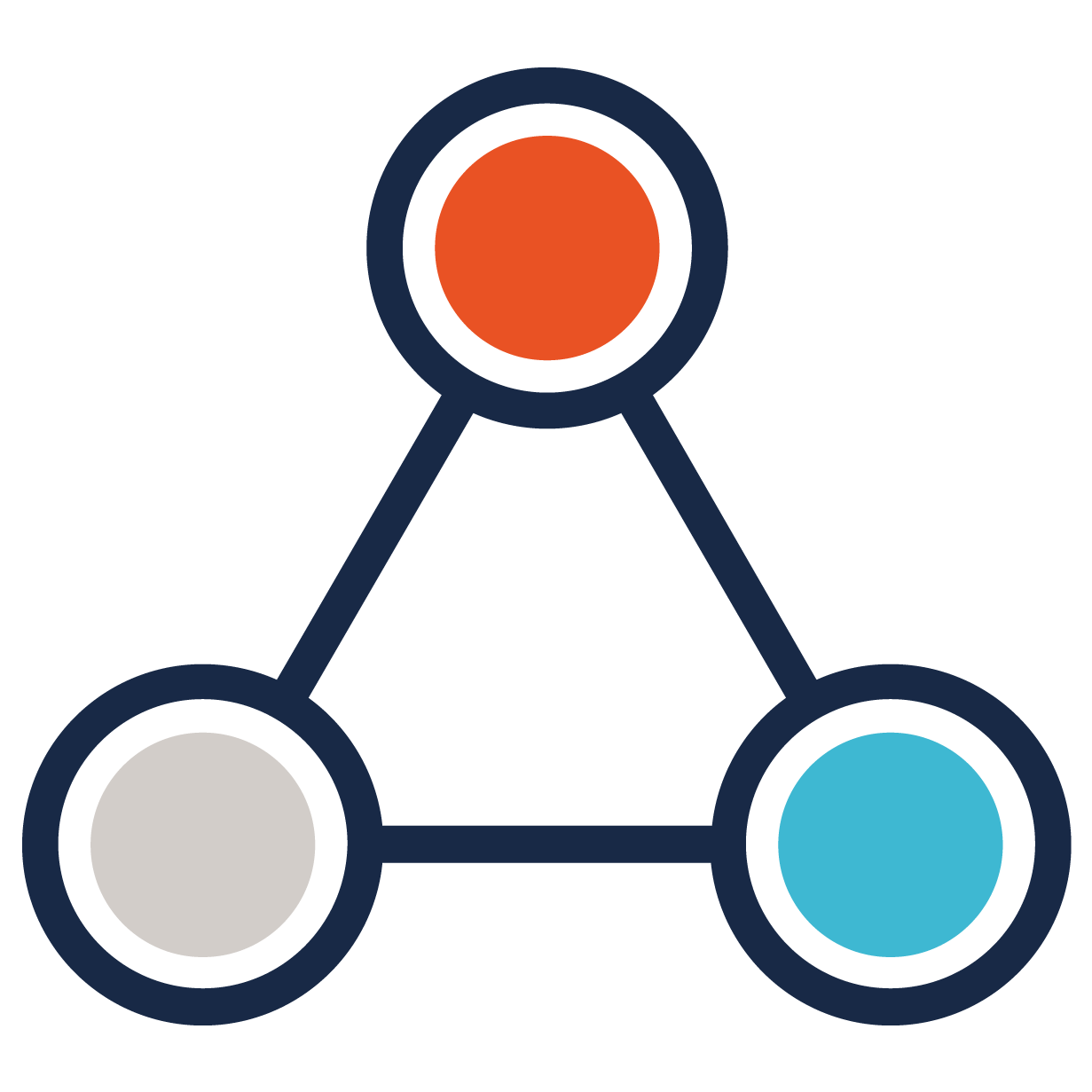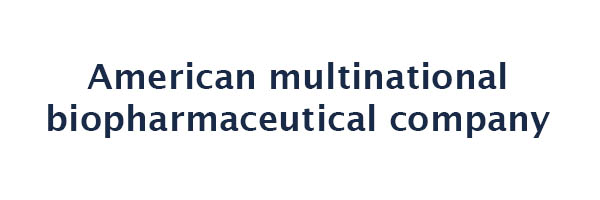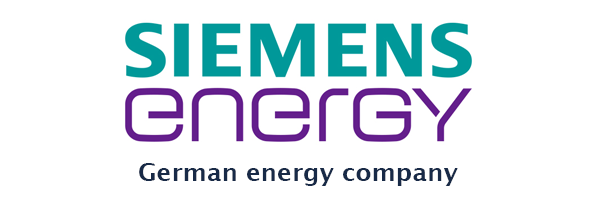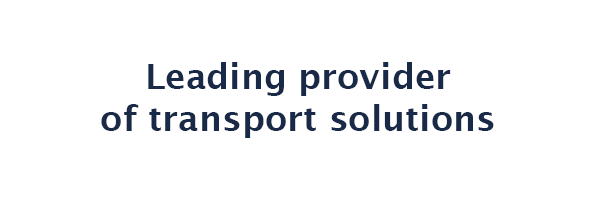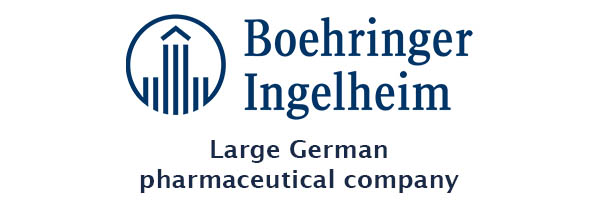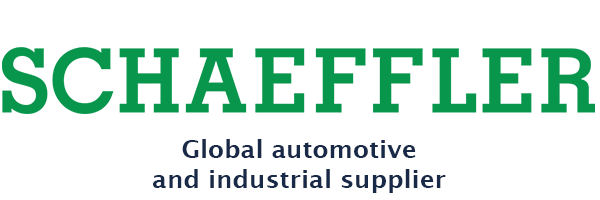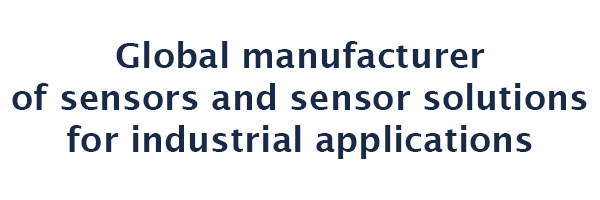METAPHACTORY
Eliminate ambiguity – Create context
With AI-assisted semantic knowledge modeling in metaphactory
Create a digital twin collaboratively & intuitively
Effortlessly collaborate with key stakeholders and domain experts across the business to build your semantic knowledge model.
Building a digital representation of the physical objects, systems or processes in your organization relies on the collaboration between multiple contributors. Modeling becomes streamlined and simplified with an intuitive interface that all end users can interact with, no matter their area of expertise or level of technical experience. The final model helps to significantly scale and speed up decision-making.
Learn more »
Build an actionable Enterprise Information Architecture
Ground your strategy, planning and coordination of significant enterprise goals with the knowledge you can derive from an enterprise information architecture based on a semantic model.
With a semantic knowledge model at the heart of your enterprise information architecture, you’ll be able to deliver transparency and context to your information landscape, connect siloed systems, link business needs to IT systems, tackle data integration, governance and discovery challenges, and extract valuable actionable insights to support business processes and decisions.
Learn more »
Accelerate your modeling with an AI boost
Build, edit and manage semantic knowledge models faster and more accurately than ever with AI-assisted semantic modeling.
metaphactory’s modeling agent is capable of executing a myriad of tasks, including performing quality checks, making recommendations for classes, identifying opportunities for reuse and more—thereby accelerating the modeling process from start to finish. It also ensures quality and compliance, following proven methodologies (e.g., metaphacts' Semantic Knowledge Modeling Guidelines, Linked Open Terms) and open standards (OWL, SHACL).
Semantic knowledge modeling drives smart business decisions
A semantic knowledge model creates a shared understanding of the meaning of your data and metadata, transforming it into actionable knowledge that can be consumed and understood by all relevant people, processes or tools, thereby democratizing knowledge across the enterprise and making it usable for smarter decision-making. metaphactory enables you to capture explicit, domain-specific knowledge collaboratively with domain experts and stakeholders of any level of technical expertise, and it offers built-in AI assistance for enhanced speed and accuracy, all in one central platform.
Proven solution
Knowledge democratization with an enterprise knowledge graph at Boehringer Ingelheim
You need to bring business to [the ontology modeling] activity because IT folks lack the domain expertise, of course, and they cannot create this data model for you. Here we started using metaphactory’s visual modeling interface where users can create ontologies and taxonomies in a collaborative way.
Maksim Kolchin
Knowledge Graph Platform Lead, Boehringer Ingelheim
Explainable and trustworthy recommendation systems at a Swedish furniture retailer
In a presentation at KGC 2023, the customer discusses how they built a semantic knowledge graph with metaphactory, explicitly defining the relations between the products they offer and capturing the contextual meaning behind these relations through a semantic model. This semantic model is shaped by subject matter experts who define the relations, attributes and business-specific terminology of each entity.
Case studies
Knowledge Democratization with an Enterprise Knowledge Graph at Boehringer Ingelheim
Building explainable and trustworthy recommendation systems: What we learned from IKEA at KGC 2023
Leveraging Knowledge Graphs & Semantic Knowledge Modeling at Scania and TRATON
Semantic knowledge graphs for human remains
Using a knowledge graph to enhance a CMS
How BKW Energie resolved smart meter choke points with a knowledge graph
Enterprise Data Fabric at an American multinational biopharmaceutical company
Business knowledge modeling at an international financial services provider
Domain modeling in the energy sector
A glance behind the scenes

Platform built on open standards
metaphactory utilizes the following standards based on RDF, the flexible, open standard for data representation and storage.

Ontology Language
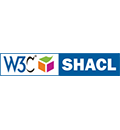
Rules & Constraints

Vocabularies
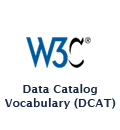
Dataset descriptions

Data cataloging standards



















